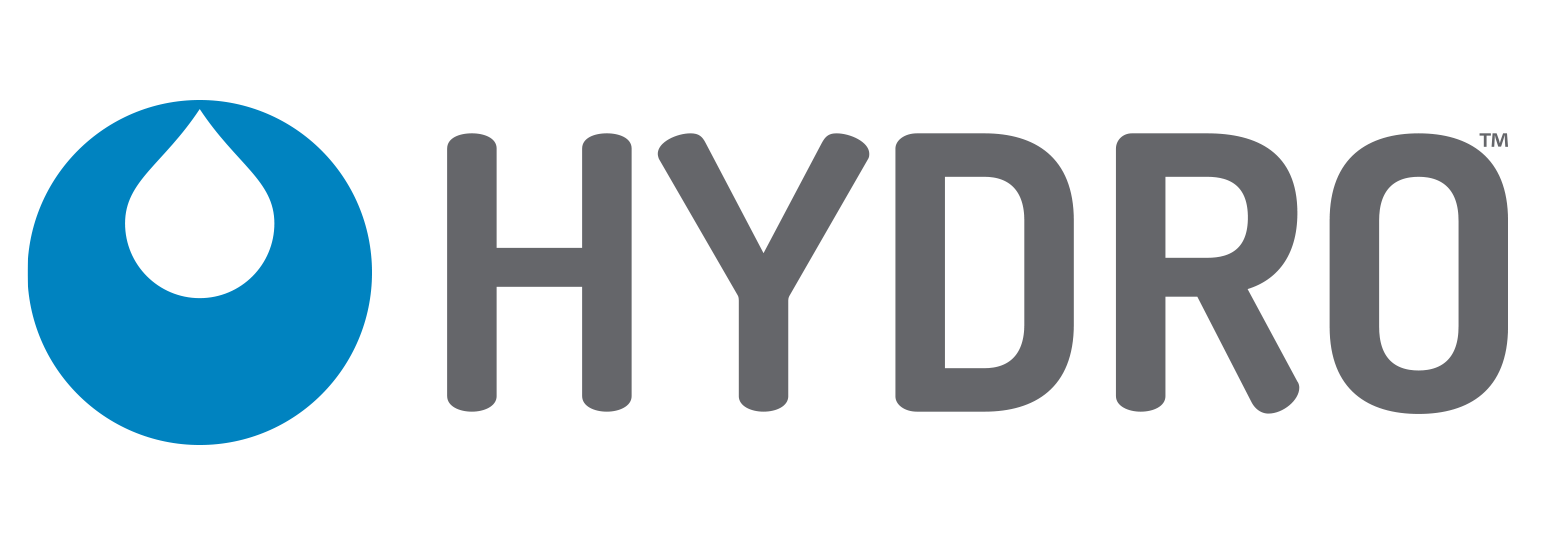Blog: Maintaining Hygiene in Healthcare Environments

By: John Goetz, Global Product Manager, Hydro Systems Each year, the Association for Professionals in Infection Control (APIC) celebrates International Infection Prevention Week (IIPW). The event, taking place Oct. 18-24, 2020, is an opportunity to recognize the efforts of infection preventionists and remind the general public as well as healthcare professionals of the importance of key methods that help reduce the risk of infections. Never before has this call to action hit so close to home. The coronavirus pandemic has infected millions of people around the globe this year and claimed more than 925,000 lives. People have turned to public health organizations like the World Health Organization (WHO) and the Centers for Disease Control and Prevention (CDC) for credible information about how to protect themselves. Many individuals made their own face masks to reduce the spread of the virus in public settings and increased demand for handwashing and disinfecting essentials is still affecting available supply.
While everyone is now more aware of the role that cleanliness plays in infection prevention, there is not a vaccine available for coronavirus and it is unclear when or how one would be rolled out to global populations. Reviewing best practices on a regular basis is necessary for keeping infection prevention top of mind and helping the most vulnerable people and hardworking healthcare professionals stay safe and healthy.
Clean Environments for Everyone
Ensuring cleanliness in healthcare environments is essential for protecting patients, visitors and employees. Consider the following best practices that support infection prevention:
- Clean and disinfect surfaces regularly. In addition to combatting coronavirus, healthcare facilities also face healthcare associated infections (HAIs). HAIs extend hospital stays for many patients and elderly individuals in long-term care facilities are more prone to illness due to compromised immune systems. Regular cleaning and disinfecting with products that have proven kill claims against pathogens of concern help reduce the spread of germs. Address high-touch surfaces and follow the manufacturers’ instructions around dwell time so the product can kill or remove bacteria, viruses and fungi. Consider dispensing systems to ensure the products are also used at the proper concentrations for added efficacy and safety.
- Consider an alternative disinfection method for extra assurance. For even greater assurance that patient rooms are thoroughly sanitized, some hospitals have invested in ultraviolet-C (UVC) and/or electrostatic spraying disinfection technology. In just a few minutes, these technologies provide wide-area disinfection and the ability to address areas that manual efforts may have inadvertently missed. While these newer technologies offer some compelling benefits, it’s important to make sure that the claims will be realized in your specific environment. Also, don’t forget that disinfecting surfaces that have not been cleaned can be counterproductive. UV light and electrostatic disinfecting are only effective when supplementing traditional cleaning and sanitation methods utilizing dispensers.
- Ensure workers have the proper protection. When healthcare workers lack the required personal protective equipment (PPE), they are more likely to become sick themselves. If sick workers remain on the frontlines, they can spread illness to other patients or residents. The coronavirus pandemic has highlighted just how quickly hospitals and other facilities can run through their stockpiles of PPE. Moving forward, healthcare facilities will need to have larger volumes of emergency supplies in place. They should also implement restrictions around the re-use of masks, gowns and uniforms unless they have been properly laundered.
- Launder linen according to industry standards. Highly contagious pathogens, like SARS-CoV-2, which causes coronavirus, can survive on surfaces for hours or even days. In healthcare settings, patients and residents use large volumes of linen, including bedsheets, towels, gowns and privacy curtains. Whether you have an on-site laundry operation or outsource to a trusted provider, it’s important to ensure that best practices are being followed. Pay special attention to washer and dryer temperatures, washer mechanics, chemical concentration and the handling process. Find additional best practices in our white paper here.
Putting the “health” in healthcare
Thorough cleaning and disinfection and the adoption of other best practices like implementing a well-managed laundry program support patient well-being in healthcare environments. Maintaining cleanliness and safety also helps employees in hospitals and long-term care facilities stay healthy, which is especially important during pandemic situations when there may be a shortage of qualified healthcare workers. With the right procedures, chemicals, tools and PPE, healthcare facilities can clean with confidence every day.

Customer Service and Technical Support
Call 1-800-543-7184 Monday-Friday 8am - 5pm EST











